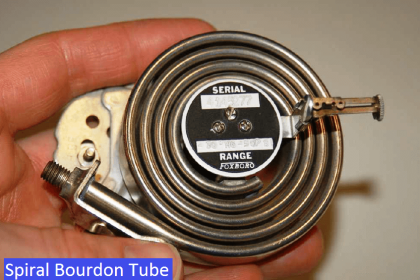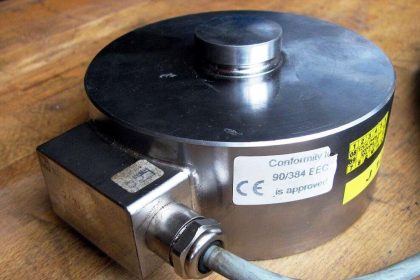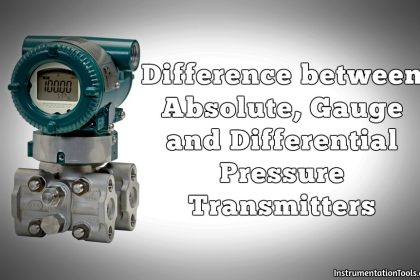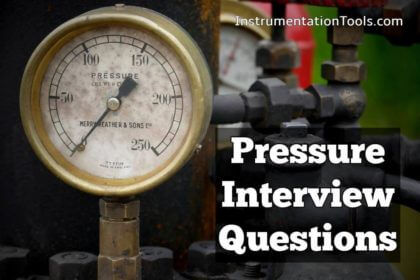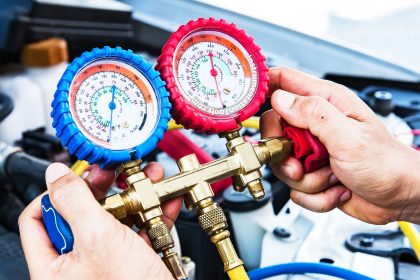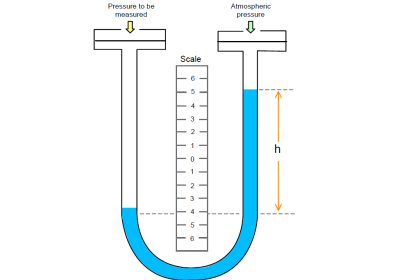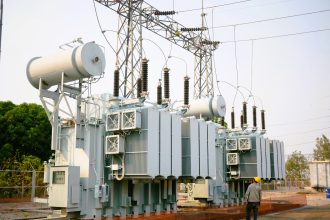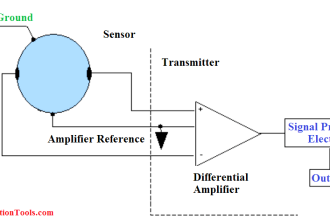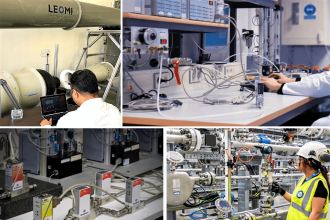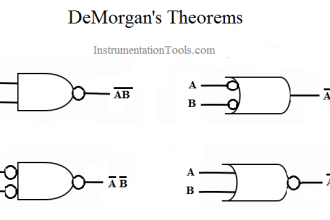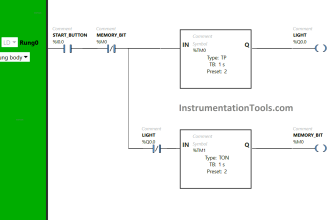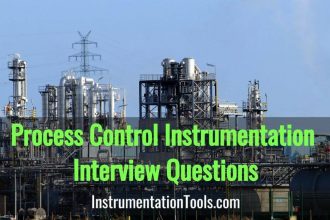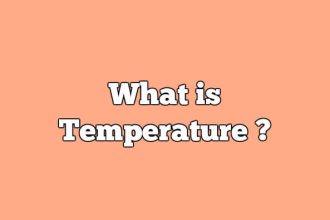The pressure instruments or pressure transducers come in a variety of forms, each with specific applications, advantages, and disadvantages.
Comparison of Pressure Instruments
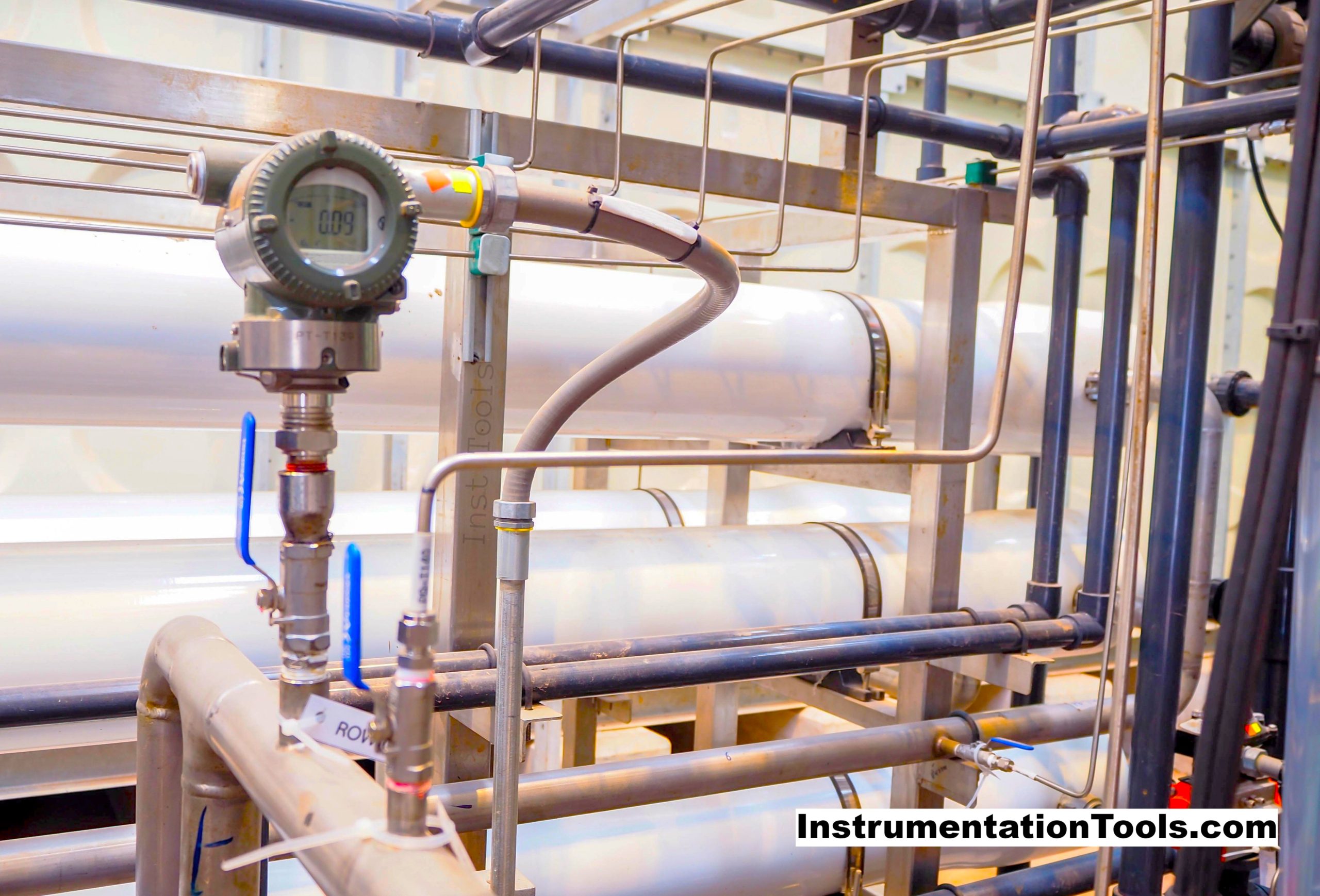
The below table shows the comparison of various types of pressure instruments, covering their operating principles, advantages, and disadvantages.
| S.No. | Instrument Type | Operating Theory | Advantages | Disadvantages |
|---|---|---|---|---|
| 1 | Bourdon Tube | Flexing of a C-shaped or helical tube when pressure is applied | Simple, reliable, low cost | Limited accuracy, not suitable for low-pressure measurement |
| 2 | Diaphragm | Flexing of a membrane due to pressure differential | Good for low pressures, corrosion-resistant | Limited high-pressure capacity, may require frequent calibration |
| 3 | Bellows | Expansion and contraction of a cylindrical chamber | Sensitive to low pressures, simple construction | Susceptible to mechanical wear, limited high-pressure capability |
| 4 | Manometer | Liquid column height change due to pressure differential | Simple, low cost, high accuracy | Limited to low pressures, influenced by temperature and gravity |
| 5 | Piezoelectric Sensor | Generates voltage proportional to applied pressure | Fast response, good for dynamic pressures | Limited to dynamic measurements, sensitive to temperature |
| 6 | Strain Gauge | Change in electrical resistance due to mechanical strain | High accuracy, good for static and dynamic pressures | Requires complex electronics, sensitive to temperature |
| 7 | Capacitive Sensor | Change in capacitance due to diaphragm deflection | Suitable for wide pressure range, high accuracy | Susceptible to temperature drift, complex electronics required |
| 8 | Optical Pressure Sensor | Light intensity or wavelength changes with pressure | High sensitivity, immune to electrical noise | Expensive, not suitable for all industrial applications |
The below table shows the comparison of features, accuracy, range, cost, maintenance, and installation of commonly used types of pressure meters.
| Parameter | Bourdon Tube | Bellows | Diaphragm | Piezoelectric | Capacitive | Strain Gauge | Optical | Ionization |
|---|---|---|---|---|---|---|---|---|
| Principle of Operation | Mechanical | Mechanical | Mechanical | Piezoelectric effect | Capacitance | Electrical resistance | Light wavelength | Ionized gas |
| Pressure Range | Low to High | Low to Moderate | Low to Moderate | Moderate to High | Low to High | Low to High | Low to High | Very High |
| Accuracy | Moderate | Moderate | High | High | High | High | Very High | Very High |
| Response Time | Moderate | Slow | Moderate | Fast | Fast | Fast | Fast | Fast |
| Temperature Sensitivity | Moderate | High | High | Moderate | Moderate | Moderate | Low | Low |
| Cost | Low | Low | Moderate | High | Moderate | Moderate | High | Very High |
| Maintenance | Moderate | High | Moderate | Low | Low | Low | Low | High |
| Fluid Compatibility | Broad | Limited | Broad | Limited | Broad | Broad | Broad | Limited |
| Durability | High | Moderate | High | Moderate | High | High | High | Moderate |
| Electrical Requirements | None | None | None | Required | Required | Required | Required | Required |
| Ease of Installation | Easy | Moderate | Moderate | Moderate | Moderate | Moderate | Moderate | Difficult |
| Safety Aspects | Generally Safe | Limited | Generally Safe | Limited | Generally Safe | Generally Safe | Safe | Limited |
Explanation of terms:
- Principle of Operation: The fundamental physical or mechanical principle used to measure pressure.
- Pressure Range: The range of pressure values that the meter is capable of measuring.
- Accuracy: The precision of the measurements.
- Response Time: The speed at which the meter responds to pressure changes.
- Temperature Sensitivity: How sensitive the meter is to changes in temperature.
- Cost: Relative cost to purchase and install the meter.
- Maintenance: The extent of maintenance required to keep the meter in optimal operating condition.
- Fluid Compatibility: Types of fluids (liquids or gases) for which the meter is suitable.
- Durability: The meter’s ability to withstand wear and tear over time.
- Electrical Requirements: Whether or not the meter requires electrical power for operation.
- Ease of Installation: How easy it is to install the meter.
- Safety Aspects: How suitable the meter is for use in hazardous or extreme conditions.
This table aims to provide a basic comparison to help you understand the distinct types of pressure instruments available. Each type has its own set of advantages and disadvantages, which should be considered based on the specific requirements of your application.
If you liked this article, then please subscribe to our YouTube Channel for Instrumentation, Electrical, PLC, and SCADA video tutorials.
You can also follow us on Facebook and Twitter to receive daily updates.
Read Next:
- Sloping Impulse Lines Advantages
- Pressure Transmitters Purge Lines
- Impulse Tubing Leak Test Checks
- Transmitter Heat-traced impulse line
- DP Transmitter Wet Leg Questions
